Premolars
#4, 5, 12, 13, 20, 21, 28, 29

Maxillary 1st Premolar
Video failed to load. Please try again.
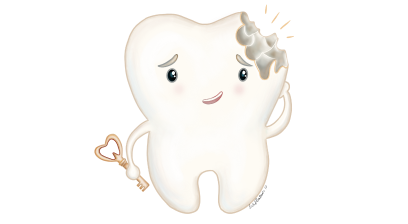
Maxillary 2nd Premolar
Video failed to load. Please try again.

Mandibular 1st Premolar
Video failed to load. Please try again.

Mandibular 2nd Premolar
Video failed to load. Please try again.

Measurements
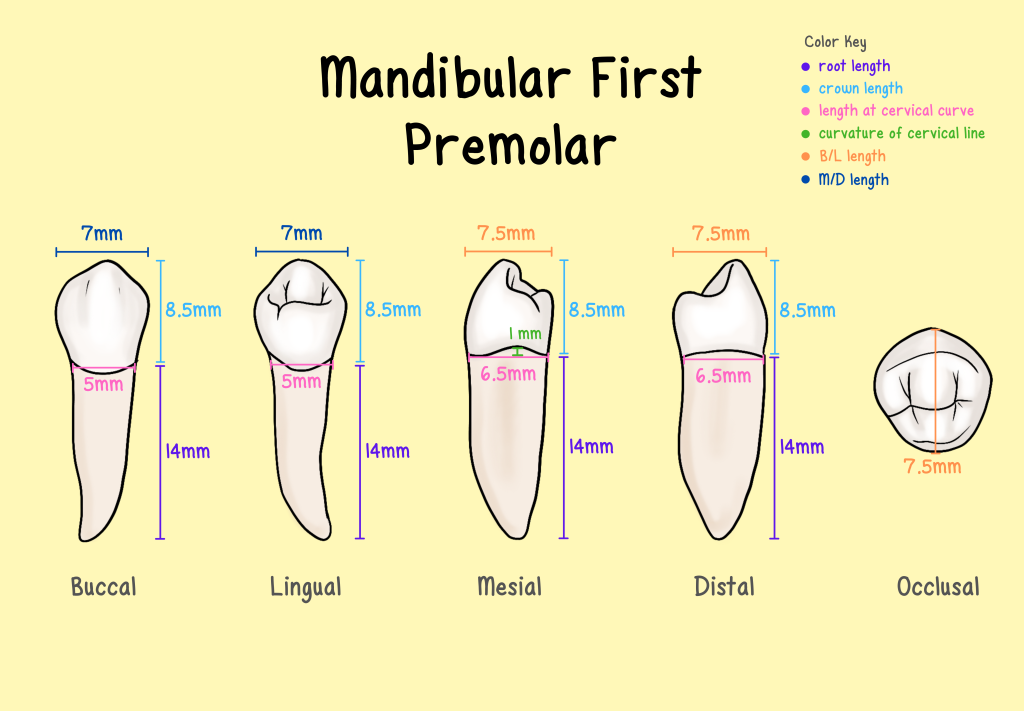
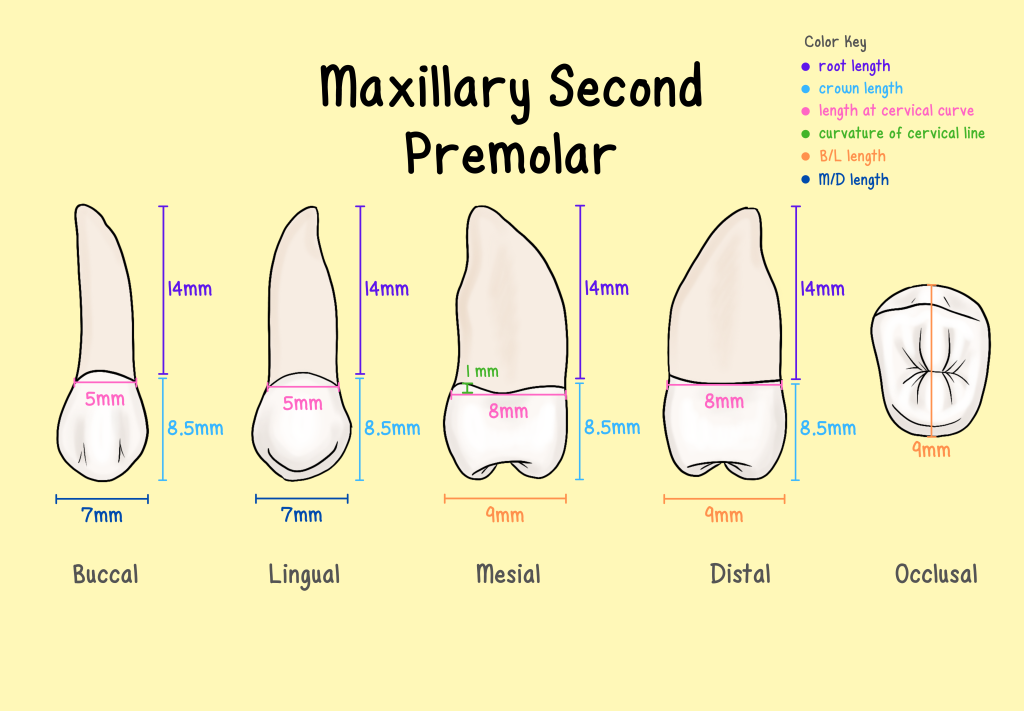
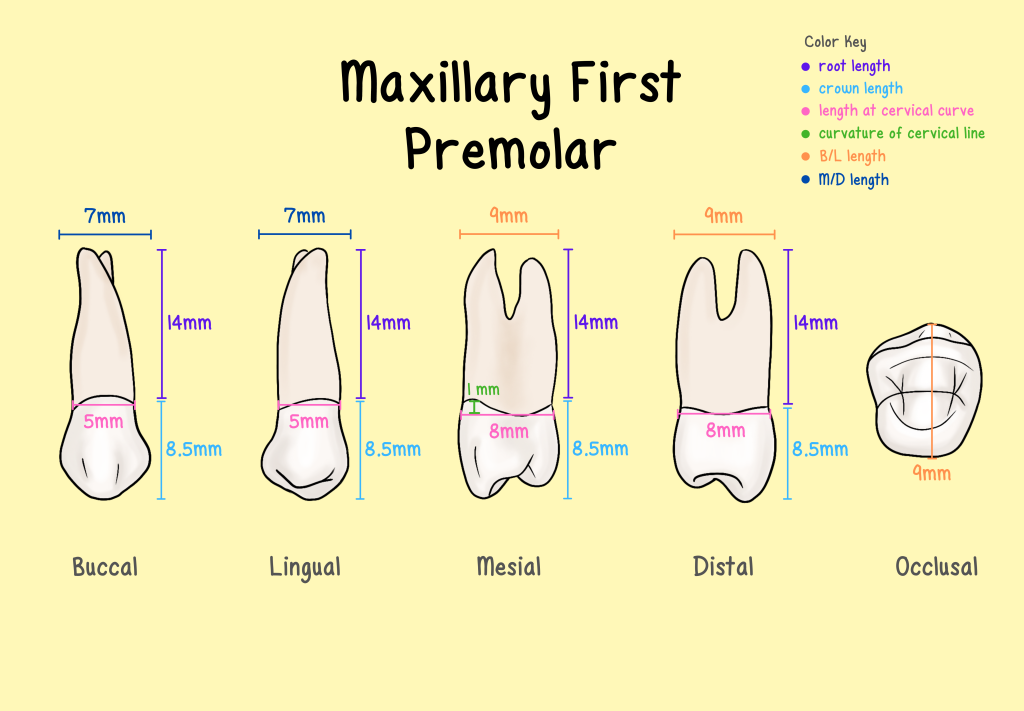
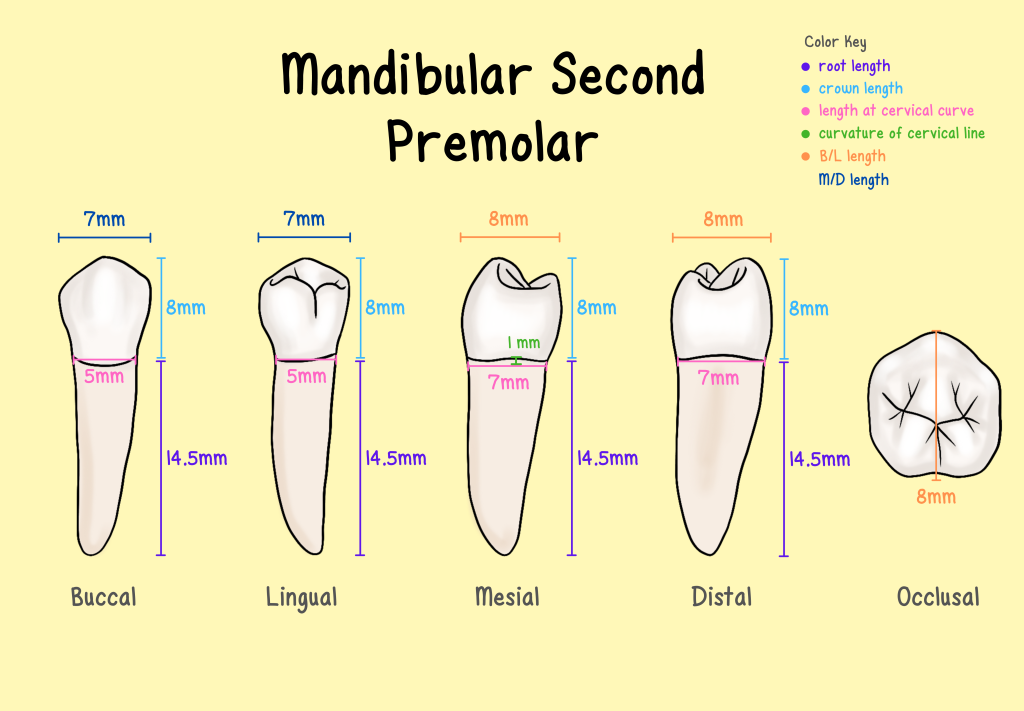
Height of Contour

Root Depressions
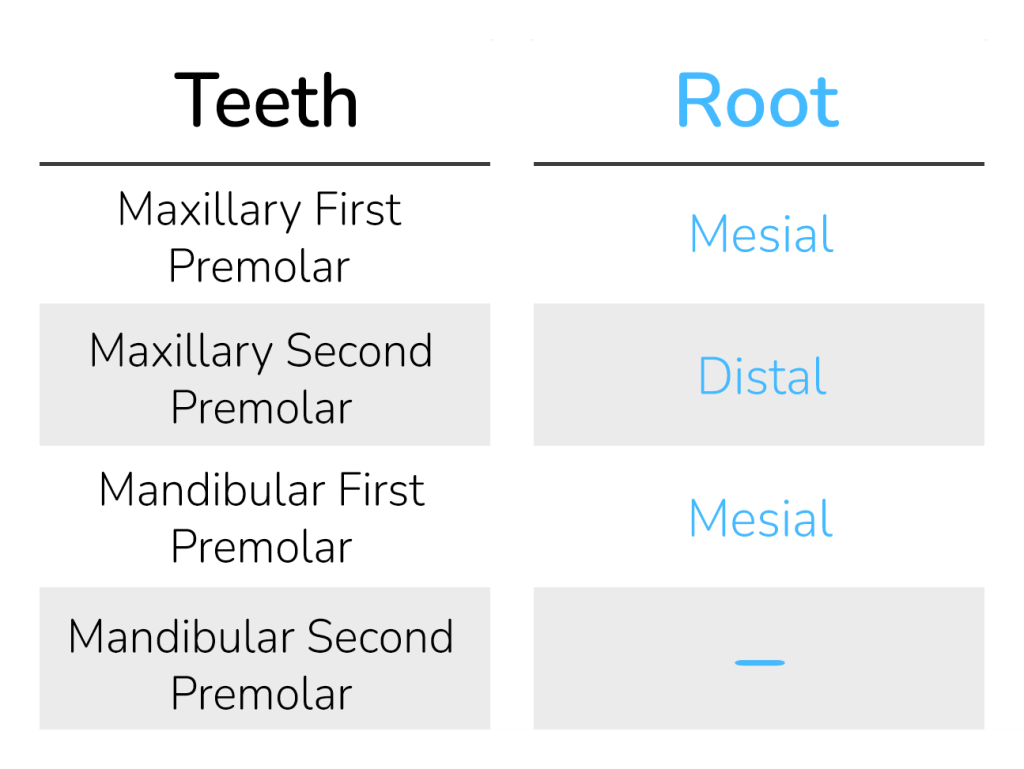
Crown Shapes
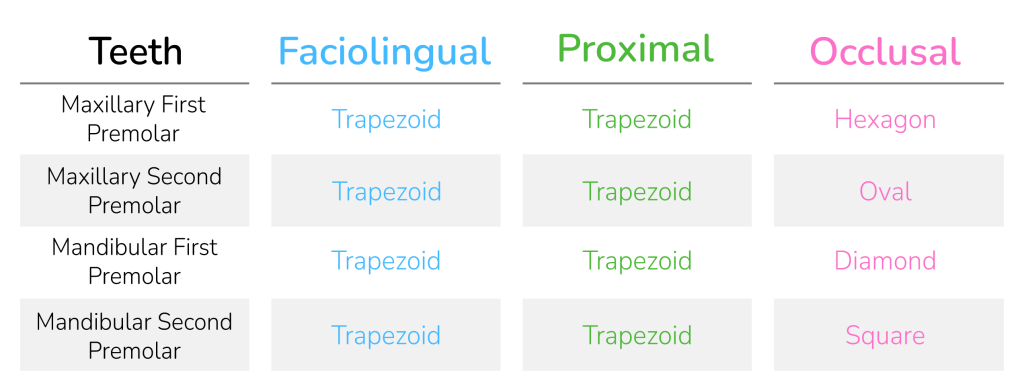
Eruption and Calcification

Quiz
Learn More Anatomy
References
Nelson. (2009). Wheeler’s Dental Anatomy, Physiology and Occlusion (9th ed.). Elsevier.
Scheid, Weiss, G., & Woelfel, J. B. (2012). Woelfel’s dental anatomy (8th ed.). Wolters Kluwer Health/Lippincott Williams & Wilkins.
